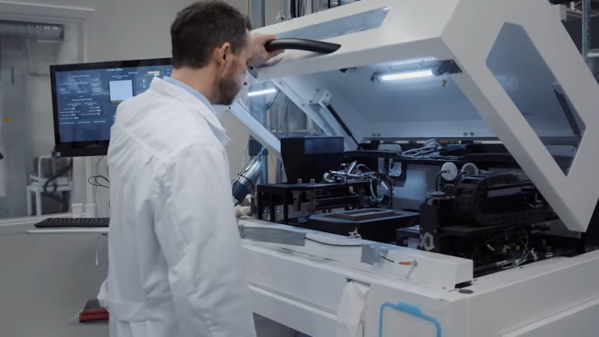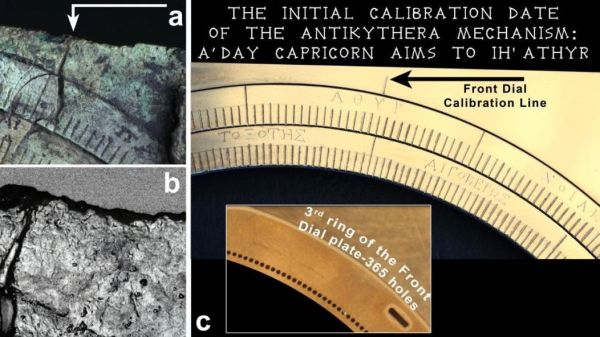This weekend the InfoAge Science and History Museum in Wall, New Jersey will once again play host to the Vintage Computer Festival East — the annual can’t-miss event for anyone who has even a passing interest in the weird and wonderful machines that paved the way for the supercomputers we now all carry around in our pockets. Ticket holders will have access to a program absolutely jam packed with workshops, talks, and exhibits that center around the dual themes of “Women in Computing” and “Computers for the Masses”, plus a consignment and vendor area that almost guarantees you’ll be going home a little poorer than when you got there. But hey, at least you’ll have some new toys to play with.
 For those that can’t make the pilgrimage to the tropical wonderland that is the Jersey Shore in April, all three days of the Festival will be live-streamed to the VCF YouTube page. There’s even an official Discord server where you can chat with other remote attendees. We’re glad to see more events adopting a hybrid approach after two years of COVID-19 lockdown, as it gives the far-flung a chance to participate in something they would otherwise miss completely. That said, there’s no virtual replacement for the experience of browsing the exhibits and consignment areas, so if it’s at all possible we recommend you get yourself to InfoAge for at least one of the days.
For those that can’t make the pilgrimage to the tropical wonderland that is the Jersey Shore in April, all three days of the Festival will be live-streamed to the VCF YouTube page. There’s even an official Discord server where you can chat with other remote attendees. We’re glad to see more events adopting a hybrid approach after two years of COVID-19 lockdown, as it gives the far-flung a chance to participate in something they would otherwise miss completely. That said, there’s no virtual replacement for the experience of browsing the exhibits and consignment areas, so if it’s at all possible we recommend you get yourself to InfoAge for at least one of the days.
Incidentally, don’t worry if you’ve got the sneaking feeling that it hasn’t been anywhere near a year since the last time the VCF descended on Wall Township. The 2021 Festival got pushed to October because of the lingering plague, but rather than permanently change the date going forward, the 2022 Festival has returned to its traditional season. Of course that means the wait until VCF 2023 will seem unusually long after this double-shot, so here’s hoping we see another swap meet at the InfoAge campus before the end of the year.

















